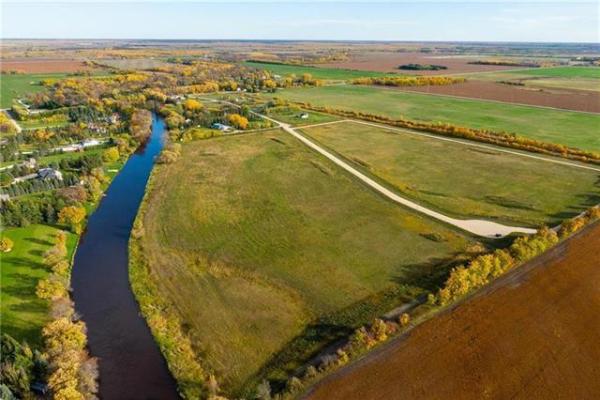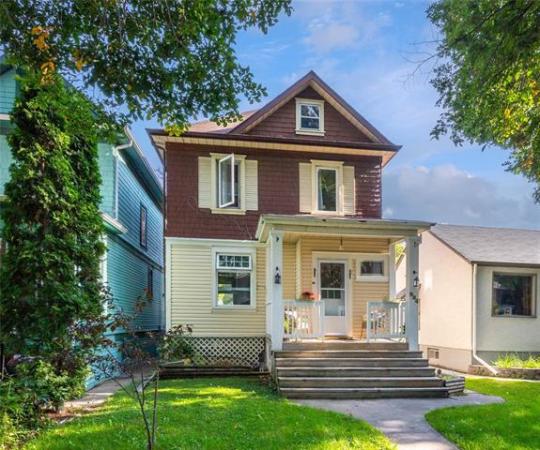I have a home built in 1950 with just two inches of what I believe is rock wool, wrapped in a waxy paper, in my attic. To pull this out and install a continuous vapour barrier and then re-insulate with fibreglass would be a lot of work. I am wondering if it would be wise to just place the fibreglass batts over the existing insulation, and then use an oil-based paint on the ceilings to create a vapour barrier. What would you suggest? Thank you— Pat McDonnell
Answer: Adding more insulation to an existing attic, which doesn’t have a traditional polyethylene air/vapour barrier, may not require major work prior to re-insulation, as long as a few precautions are taken. If done properly, adding more insulation may be a very straightforward process.
In most homes with conventional attic spaces, even ones as old as your home, increasing the thermal insulation in your attic should not require a lot of work prior to the upgrades. Having a well installed and sealed air/vapour barrier, as in newer homes, will be secondary to the benefits of the added insulation. Since the ceilings of the home, underneath the attic, likely have numerous coats of paint they may be moderately well air sealed already. Also, the paper backing on the existing older insulation may provide a reasonable air barrier, especially if it is continuous, secured to the ceiling joists, and not in deteriorated condition.
Where this model fails to provide adequate protection is at the tops of the partition walls, light fixtures, ceiling cracks, or any other protrusions into the attic from the living space. If you really want to help prevent excessive warm air and moisture from accessing your attic after re-insulating, then these areas could be addressed. That will require locating the potential problem areas and partial removal of the existing insulation in those locations. The tops of the wall plates, light junction boxes, bathroom fan housings, and other areas of concern could be individually sealed. This could be done by covering these areas with a few inches of spray-on foam insulation, rigid extruded polystyrene insulation, 6MIL polyethylene sheathing and acoustical sealant, or a combination or all these materials. Individually addressing these most problematic locations may prevent the majority or air intrusion, as little should be able to penetrate the majority of the ceiling areas covered with plaster and paint.
While air sealing may be one important factor to consider when adding thermal resistance to your attic, the type of insulation is much more critical. One reason that the existing rock wool insulation is covered in waxy paper is because it does not provide any inherent resistance to air or moisture by itself. This is also true of most types of fibreglass insulation. Fiberglass batts may slow the movement of air, but will not prevent much of the air leakage by itself. Blown-in fibreglass may be even worse, which is why neither type is the ideal product to add to an older attic lacking full 6-mil poly underneath. While spray-on foam is the most air resistant, it may not be cost effective and will require much more work in removal and discarding the existing rock wool. A much more reasonable alternative to both of these types of insulation is cellulose fibre insulation.
Cellulose fibre may be the best choice for most older home attics for two main reasons. The first reason is that it is roughly the same cost as blown-in fibreglass insulation, so will be more affordable than spray foam. The second reason for its superiority to fibreglass is that it does significantly stop air movement over time, provided enough thickness is installed. This second property is why it should be chosen for your home, and blowing it in over top of your existing paper-backed insulation should allow excellent coverage. An added benefit is that it is made from recycled newspaper, so it is much more environmentally friendly than other forms of insulation.
One other consideration before upgrading your insulation is to ensure this added thickness of thermal resistance does not cause any new, undesirable affects in your attic or home. Too often adding insulation without additional ventilation and eave protection can lead to frost buildup and moisture issues, after completion.
Installing insulation stops/air chutes at the perimeter of the attic should be done to prevent problems in those areas. Because the insulation will not be as thick in those areas, due to the low hips and sloped roof, care must be taken to prevent the new insulation from touching the underside of the roof sheathing at the eaves. Adding insulation stops, which double as air chutes for any existing soffit vents, around the entire attic perimeter should ensure this problem is minimized. Having a roofer install additional roof vents near the peak of the roof, as soon as weather allows, will also help prevent condensation in the rest of the attic, which should be much cooler in the heating seasons after the upgrades.
There should be no need to remove the existing paper-backed thermal insulation in your older attic prior to upgrades, as long as you follow a few guidelines. Installing insulation stops around the perimeter of the attic, and additional roof and soffit vents if possible, should be all that is required prior to installation of blown-in cellulose fibre insulation, rather than your proposed fibreglass batts.
Ari Marantz is the owner of Trained Eye Home Inspection Ltd. and the past president of the Canadian Association of Home & Property Inspectors — Manitoba (cahpi.mb.ca). Questions can be emailed to the address below. Ari can be reached at 204-291-5358 or check out his website at trainedeye.ca.
trainedeye@iname.com



